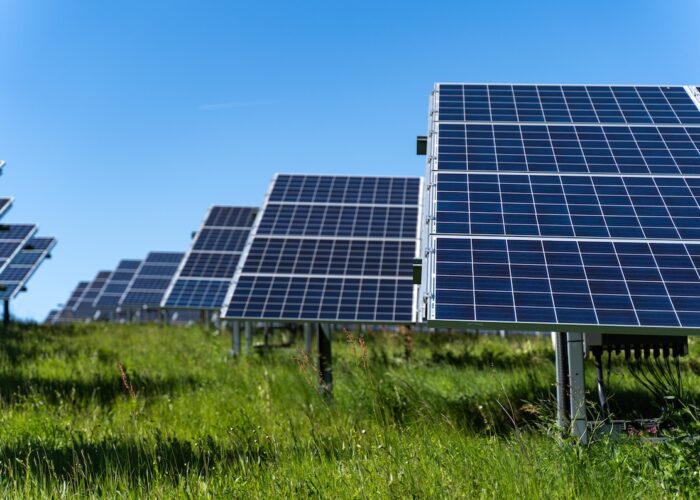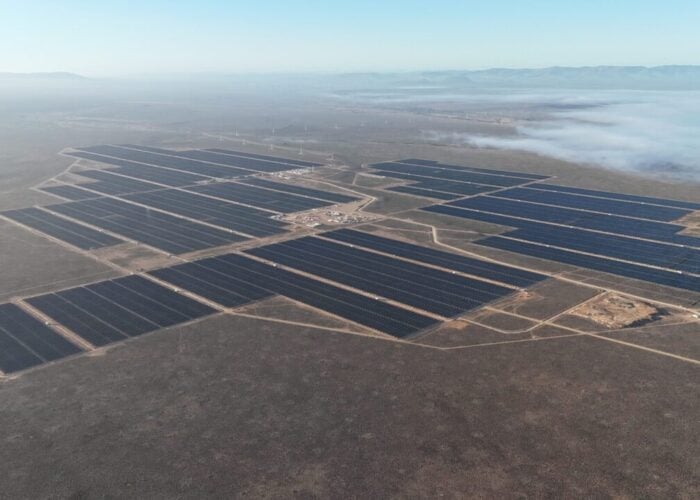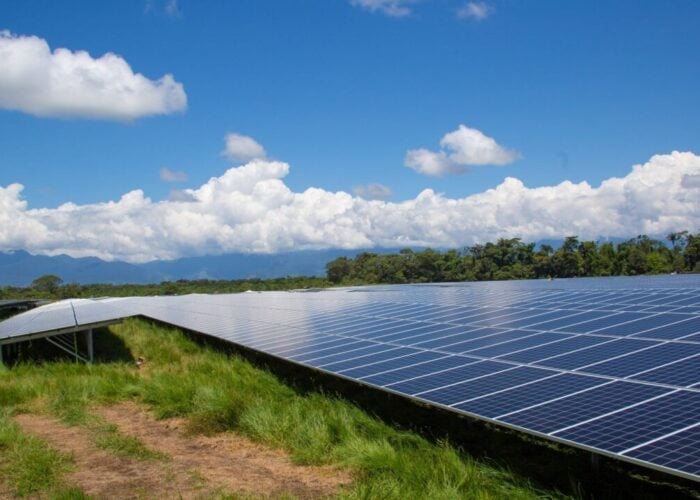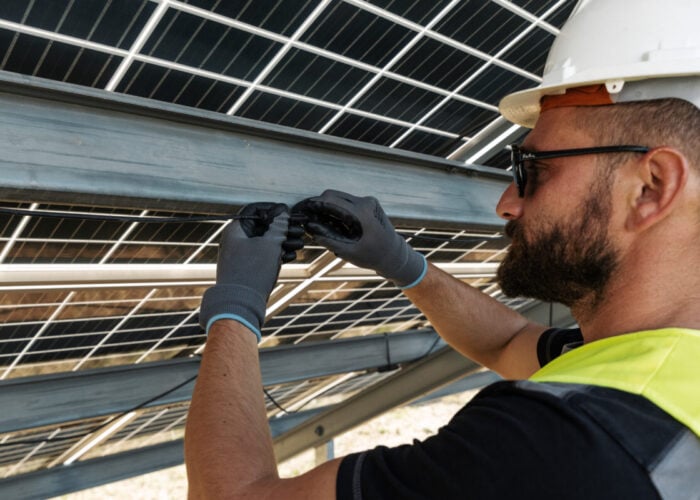
The International Energy Agency’s Photovoltaic Power Systems (IEA PVPS) programme has released its 2025 Trends in PV Applications report, highlighting a decade of rapid growth in PV deployment.
While the industry has achieved extraordinary scale—surpassing 2,260GW of installed capacity globally—task one operating agent Gaëtan Masson warned during the report’s presentation that the PV industry is now caught in a dangerous cycle of overcapacity, collapsing prices and slipping quality standards.
Try Premium for just $1
- Full premium access for the first month at only $1
- Converts to an annual rate after 30 days unless cancelled
- Cancel anytime during the trial period
Premium Benefits
- Expert industry analysis and interviews
- Digital access to PV Tech Power journal
- Exclusive event discounts
Or get the full Premium subscription right away
Or continue reading this article for free
“The PV industry is facing huge overcapacities. It’s something that has existed for a very long time,” said Masson. “Manufacturing capacity was always higher than the demands, but production was almost similar for many years to install capacity, and then the discrepancy started.
“And from 2019 until now, we had annual production capacity for PV models, but also for the components, much higher than what was installed.”
The global market added around 600GW last year, and 34 countries installed at least 1GW of PV capacity, while 40 countries reached cumulative capacities of 4GW or more. Some of the highest per-capita PV penetrations were reported in the Netherlands (1.4 kW per person), Australia, Germany, Belgium and Austria.
However, Masson said this growth is no longer enough to absorb soaring output. He noted that while cheaper modules once drove expansion, “now it’s much more complex,” owing to the imbalance between manufacturing capacity and project installation.
According to him, this imbalance has led to inventories piling up across warehouses and ports, driving prices to unsustainable lows. “Basically, what’s happening [is] the industry is producing more than what it can install,” Masson explained.
“A lot is coming to inventories, and this is leading to what we are seeing for more than two years now—extremely low prices, which lead to unsustainable practices for the industry. Or in other words, the industry is selling PV models and inverters below its production cost, and it’s just supply and demand.”
Chinese leaders post ‘ten billion’ in losses
Such a brutal pricing environment has left even leading Chinese manufacturers struggling to stay profitable, with the top four solar manufacturers posting losses of US$1.54 billion in the first half of this year.
“The price decrease that we have seen is highly unsustainable. I calculated recently that the top ten Chinese companies have lost ten billion in the last 18 months,” Masson added.
China continues to dominate the world’s solar sector, both in terms of product manufacturing and project deployment. Masson noted that China added roughly 350GW of new capacity last year, and 85% of PV installations are concentrated in just ten countries, led by China, highlighting a persistent geographic concentration of market activity
The Asia-Pacific region remains the largest contributor to PV growth, while Europe maintains a high share of distributed rooftop and residential installations.
As China’s dominant solar manufacturers scramble to maintain cash flow, the pressure to slash costs has begun to compromise product standards. “What we are seeing in terms of prices for PV components is just unsustainable, and they will grow in the coming years,” he said.
An ‘epidemic’ of module failures
“It might also be linked to an epidemic of failures that we are seeing in the fields for some type of models in some countries, we might have with some manufacturers, some quality issues which are coming from one very simple thing that the Chinese PV Industry Association is recognising—is that when you are under pressure to reduce your cost absolutely because of the losses that you make, then you are in a situation where quality is not the first preoccupation.”
Masson stressed that this is not speculation—it’s being acknowledged by industry bodies in China. “It’s not coming from me, it’s coming from the Chinese PV Industry Association that’s realised that the quality of what was produced was diminishing, and it’s not the case for all manufacturers.
“It’s leading to an epidemic of failures in the field from time being, especially for glass-glass PV models, but not only, and I think the industry will correct that itself in the coming years.”
The consequences of this race to the bottom could reshape the economics of solar deployment. “If you use glass which is too thin, and if you’re buying PV modules at six cents per watt, you shouldn’t expect too much,” he cautioned.
“We’ve always worked with the idea that PV modules would last 20 or 25 years at least. Maybe with extremely cheap modules, we should start to do different business models and think that maybe after ten years we might have to replace them.”
The solar industry’s breakneck expansion has come at a cost. Overcapacity and price wars may be driving short-term affordability, but they are also threatening long-term reliability—and the reputation of PV as a durable, bankable technology.
Market correction to come
Despite the bleak picture, Masson expects some market correction ahead. “It’s something which is not sustainable,” he said. “So, it will lead one way or another to some kind of either consolidation or some companies reducing their own production, and it will go back to normal.”
Indeed, the IEA-PVPS report pointed to other examples of positive growth in the solar industry that make for more positive reading looking ahead. Globally, PV’s contribution to electricity generation now exceeds 10%, with some countries already surpassing 20% of demand met by solar.
Moreover, Masson highlighted a decline in levelised cost of electricity (LCOE) from PV projects, with many utility-scale tenders now achieving below US$60/MWh, making solar competitive with fossil fuels in key regions. In markets reliant on diesel generation, such as parts of Africa, PV offers an even more compelling economic case.
“PV is now mainstream,” said Masson. “Its growth potential remains enormous, particularly in countries that can implement supportive policies and scale their grids to integrate solar effectively.”






